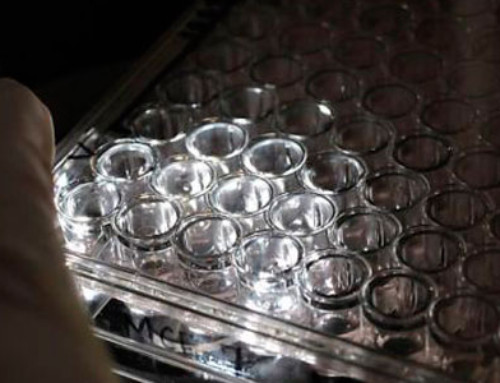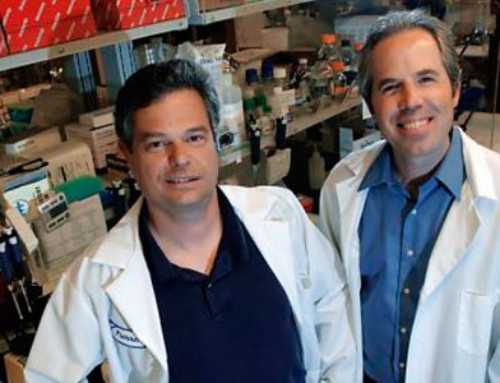Cannabis & Cancer

Cannabis Integration into Cancer Treatment
Currently in the U.S., there are three basic approaches in integrating cannabis into cancer treatment:
Relief from the side effects of cancer.
“The potential benefits of medicinal Cannabis for people living with cancer include antiemetic effects, appetite stimulation, pain relief, and improved sleep.”1 – National Cancer Institute.
Cannabis for treating side effects of allopathic cancer treatments.
Although few relevant surveys of practice patterns exist, it appears that physicians caring for cancer patients in the United States who recommend medicinal Cannabis do so predominantly for symptom management.2 At the same time, increasingly cancer patient advocacy organizations offer testimonies of successful use of cannabis to treat side effects of chemo, for
- Medical marijuana helped me with everything. I was able keep my food down, my appetite was consistent, nausea was almost eliminated and I was able to laugh with my I’m 2 years post ileostomy takedown and I don’t have any cravings or drawbacks from medicinal marijuana. I wish I would’ve started using medical marijuana from chemo treatment #1”
— Kenny T. Stage III survivor3 - “I’m a firm believer that medical cannabis helped me win my fight against cancer. THC and CBD helped not only with nausea, but with the side effects I was experiencing from chemo and the insomnia that I dealt with on the nights after my treatments.”
— Cheyann, 4th stage ovarian cancer survivor4
Cannabis treatment of cancer — alone or as complementary approach.
- Cannabinoids can work to complement chemotherapy and can enhance its effects in killing cancer. Over the years, many in vitro and in vivo studies have shown the antineoplastic effects of cannabinoids (CBDs), with reports advocating for investigations of combination therapy approaches that could better leverage these effects in clinical translation. This 2018 study confirms that CBD offers greater effective tumor cell killing, when combined with radiotherapy or other biomaterials. 5
- Cannabinoids exert a direct anti-proliferative effect on tumors of different They have been shown to be anti-migratory and anti-invasive and inhibit (processes that promote) metastasis of cancer to the distant organs. Also, cannabinoids modulate other major processes in our body like energy metabolism, inflammation, etc. These data are derived not only from cell culture systems but also from more complex and clinically relevant animal models.6
- Extensive preclinical research has demonstrated that cannabinoids, the active ingredients of Cannabis sativa, trigger antitumor responses in different models of cancer…. Here, we compared the antitumor efficacy of pure THC with that of a botanical drug preparation (BDP)…. our results suggest that standardized cannabis drug preparations, rather than pure cannabinoids, could be considered as part of the therapeutic armamentarium to manage breast cancer.7

A Little Deeper Dive
Interview with Dr. Michael Masterman-Smith.
Dr. Masterman-Smith’s discovery of cancer stem cells was deemed to be a “high impact discovery” by the National Cancer Institute (NCI), and he is currently focusing on the development of phytochemicals (plant- based drugs) to treat diseases with significant unmet need.
“We studied more than 30,000 compounds over the course of about 5 years. We reduced those 30,000 compounds to about 11 compounds that could be therapeutically active in cancer stem cells. About half of those compounds were cannabinoid receptor agonists – called CB1 and CB2 receptor agonists – that told us that cannabinoid compounds could be potentially effective in killing these deadly cells.
Current understanding appears that cannabinoids goes through these receptors and activates the production of a compound called ceramide which regulates the differentiation, proliferation and death of cells. In cancer cells, and perhaps cancer stem cells, this effect is wide stream system outage, shutting down cancerous signaling pathways, several of which are major targets in cancer drug development and, often difficult to target pathways. This is the emerging understanding of the relationship between cancer cells, cannabinoids and cannabinoid receptor agonists that can advance new ways to understand and treat cancer.
We know that THC can be a very powerful inhibitor of cancer cells. This is through THC exerting effects through CB1 receptors. CBD goes through other secondary mechanisms to exert effect. And while CBD has shown cytotoxic effect on proliferating, highly dividing cells, the concentration of CBD is higher in order for effective cytotoxicity in cancer cells in vitro (petri dish studies). CBD also exerts its effects through the immune system. There are still many things that need to be studied.8
1 Integrating cannabis into clinical cancer care. Curr Oncol 23 (2): S8-S14, 2016. [PUBMED Abstract] Abrams DI.
2 Marijuana as antiemetic medicine: a survey of oncologists’ experiences and attitudes. J Clin Oncol 9 (7): 1314-9, 1991. [PUBMED Abstract] Doblin RE, Kleiman MA.
3 Colorectal Cancer Survivors and Use of Cannabis for side effects.
5 Enhancing the Therapeutic Efficacy of Cancer Treatment With Cannabinoids. Frontiers in Oncology. 2018; 8:114. Published online 2018 Apr 24. Doi: 10.3389/fonc.2018.00114. Sayeda Yasmin-Karim, Michele Moreau, Romy Mueller, Neeharika Sinha, Raymond Dabney, Allen Herman, and Wilfred Ngwa
6 Cannabinoids as therapeutic agents in cancer: current status and future implications. Oncotarget. 2014 Aug; 5(15): 5852–5872. Published online 2014 Jul 17. doi: 10.18632/oncotarget.2233. PMCID: PMC4171598. PMID: 25115386. Bandana Chakravarti, Janani Ravi, and Ramesh K. Ganju
7 Biochem Pharmacol. Appraising the “entourage effect”: Antitumor action of a pure cannabinoid versus a botanical drug preparation in preclinical models of breast cancer. 2018 Nov;157:285-293. doi: 10.1016/j.bcp.2018.06.025. Epub 2018 Jun 27. Blasco-Benito S, Seijo-Vila M, Caro-Villalobos M, Tundidor I, Andradas C, García-Taboada E, Wade J, Smith S, Guzmán M, Pérez-Gómez E, Gordon M, Sánchez C.
8 Mol Cancer Ther. A molecular screening approach to identify and characterize inhibitors of glioblastoma stem cells. Author manuscript; available in PMC 2012 Oct 1.Koppany Visnyei, Hideyuki Onodera, Robert Damoiseaux, Kuniyasu Saigusa, Syuzanna Petrosyan, David De Vries, Denise Ferrari, Jonathan Saxe, Eduard H. Panosyan, Michael Masterman-Smith, Jack Mottahedeh, Kenneth A. Bradley, Jing Huang, Chiara Sabatti, Ichiro Nakano, and Harley I. Kornblum.












Leave A Comment
You must be logged in to post a comment.